Nous l’avons tous vu dans le joyeux bol de fruits dans le garde-manger, dans le cours de yoga en milieu de semaine dans la salle de conférence, dans l’e-mail « Bien-être mercredi » que personne ne lit vraiment.
Pendant ce temps, les gens croulent sous les délais, passent des appels consécutifs, sautent le déjeuner et restent éveillés à 2 heures du matin en revoyant la liste des choses à faire du lendemain.
Bienvenue dans le paradoxe du bien-être moderne !
Si vous recherchez :
- « Comment réellement soutenir le bien-être des employés »
- « Outils de bien-être de nouvelle génération pour gérer le stress au travail »
- « Que font les entreprises au-delà du yoga ? »
Nous avons les bonnes réponses !
Aujourd’hui, la pression au travail est bien plus profonde que ce qu’un panier de pommes gratuites ou quelques compléments alimentaires peuvent résoudre.
C'est pourquoi les entreprises se tournent vers un nouveau type d'outils de bien-être des employés qui vont au-delà des avantages symboliques et exploitent de véritables moyens pour aider les gens à se reposer l'esprit, à se recentrer et à se sentir mieux.
Les appareils de bien-être intelligents comme neuroVIZR , la technologie cérébrale et les outils scientifiques interviennent pour améliorer la santé du cerveau et permettre aux employés d'être plus productifs sans épuisement professionnel.
Repensons le bien-être de l’intérieur !
Découvrez neuroVIZR pour le bien-être en entreprise →
Des budgets de salle de sport aux gains cérébraux
Chaque année, les entreprises dépensent des milliards pour essayer de garder leurs employés « en bonne santé » avec :
-
Applications de fitness subventionnées et abonnements à des salles de sport : les employés bénéficient de réductions sur les frais de salle de sport et les applications d'entraînement, dans l'espoir qu'ils évacueront le stress.
-
Stations de collations avec des options « saines » : Les salles de pause sont approvisionnées en barres protéinées, smoothies et paniers de fruits pour encourager de meilleures habitudes pendant les longues journées de travail.
-
Ateliers ponctuels de gestion du stress : des conférences ou des webinaires occasionnels promettent d’aider les gens à gérer les délais et la pression, mais les effets durent rarement.
Mais voici le hic : le véritable moteur du bien-être est le cerveau.
-
Si votre système nerveux reste bloqué en mode survie, aucun smoothie, cours de HIIT ou barre protéinée ne peut remédier à la fatigue mentale constante.
-
Les avantages physiques aident, mais ils ne s’attaquent pas à la cause profonde d’un cerveau surchargé.
-
Lorsque le cerveau est surchargé, le sommeil diminue, la concentration se disperse et l’épuisement professionnel gagne.
Les entreprises modernes doivent aller au-delà des simples avantages physiques et s'investir véritablement dans des outils et des pratiques de neuro-fitness qui aident les individus à se détendre, à rééduquer leur cerveau et à sortir du stress permanent. Un cerveau sain et équilibré favorise naturellement la concentration, l'énergie et la productivité.
L'angle mort : la santé cérébrale au travail
Le burn-out n'est pas un simple mot à la mode ou un simple problème de santé mentale. Il s'agit d'une véritable crise énergétique cérébrale que les entreprises ne peuvent plus se permettre d'ignorer. Pourtant, malgré les investissements importants dans la santé physique, le cerveau reste le principal point faible de la plupart des entreprises.
-
L’épuisement professionnel coûte désormais aux entreprises jusqu’à 20 millions de dollars pour 10 000 employés chaque année , en raison de la perte de productivité, de l’absentéisme et des problèmes de santé liés au stress.
-
Un stress élevé réduit la capacité d’attention, affaiblit la mémoire et rend la pensée claire plus difficile, mais on le considère souvent comme un simple « moral bas ».
-
L’Organisation mondiale de la santé reconnaît désormais officiellement l’épuisement professionnel comme un risque professionnel causé par le stress chronique au travail.
-
Des recherches montrent que les employés soumis à un stress constant sont 60 % plus susceptibles de se déclarer malades et 2 à 3 fois plus susceptibles de quitter leur emploi dans l’année.
-
Malgré cela, la plupart des budgets consacrés au bien-être sont encore consacrés aux réductions sur les salles de sport, aux snack-bars ou aux avantages liés à la remise en forme, et non au soutien cérébral.
-
Nous entraînons notre corps avec des cours de fitness, mais nous n’entraînons pas notre cerveau à gérer la surcharge et à se réinitialiser.
-
Les entreprises tournées vers l’avenir commencent à briser ce modèle en ajoutant des outils de neuro-fitness, des pauses de récupération mentale et des programmes d’entraînement cérébral à la vie professionnelle quotidienne.
Comment réduire l’épuisement professionnel au travail ?
L'épuisement professionnel ne se résout pas tout seul, mais nécessite de véritables stratégies pour s'attaquer au stress à la source. Voici quatre façons pour les entreprises de faire une réelle différence :
-
Créer un véritable temps d’arrêt :
Encouragez les vraies pauses pendant la journée, et pas seulement le déjeuner au bureau. De courtes pauses pour se ressourcer, des zones de calme ou même des réunions à pied peuvent aider les employés à déconnecter et à revenir plus concentrés. -
Les gestionnaires de train doivent repérer les signes :
Donnez aux dirigeants les moyens de reconnaître les premiers signes d’épuisement professionnel tels que le désengagement, l’épuisement ou l’abandon silencieux et soutenez les équipes avec des charges de travail réalistes, des horaires flexibles et des contrôles ouverts. -
Proposer des appareils de bien-être portables :
Au-delà des affiches et des avantages, donnez aux employés accès à des outils de bien-être connectés et intelligents. Casques d'entraînement cérébral, dispositifs lumineux et sonores ou dispositifs portables de gestion du stress peuvent aider les employés à se détendre, à améliorer leur concentration et à développer leur résilience, directement depuis leur bureau. -
Rendre la santé mentale normale :
Normalisez les conversations ouvertes sur le stress. Proposez des ateliers sur la santé mentale, un accès à des conseils professionnels et des points de contact simples qui rappellent aux gens qu'il est normal de demander de l'aide lorsqu'ils se sentent dépassés.
Découvrez neuroVIZR : la forme mentale à la demande
Le neuroVIZR est un appareil portable de lumière et de son qui aide les employés à atteindre un état plus reposant, concentré et créatif en seulement 11 à 20 minutes , directement à leur bureau ou pendant une pause.
D'abord populaire parmi les professionnels de haut niveau et les biohackers, il est désormais adopté par des entreprises qui comprennent que le véritable bien-être signifie soutenir le cerveau, et pas seulement offrir des avantages superficiels.
Avec plus de 100 séances guidées, le neuroVIZR aide les employés à :
-
Gérer et réduire les niveaux de stress quotidiens
-
Éliminez le brouillard mental et affinez votre concentration
-
Renforcer l'équilibre émotionnel pendant les journées exigeantes
-
Améliorez la qualité du sommeil après le travail
Il suffit d’une séance rapide pour calmer l’esprit et recharger l’énergie cérébrale pour un meilleur travail et moins de jours d’épuisement professionnel.
En donnant aux employés un accès facile à des outils comme neuroVIZR, les entreprises peuvent créer une culture de travail plus saine où la récupération mentale et la concentration maximale ne sont pas laissées au hasard, elles font partie du travail.
Comment fonctionne neuroVIZR →
Des modèles d'entreprise qui fonctionnent réellement
Les entreprises avant-gardistes savent que le véritable bien-être doit s’intégrer naturellement dans la journée de travail et doit produire de vrais résultats, et pas seulement faire bonne figure dans une politique RH.
C'est précisément ce que permet une approche centrée sur le cerveau. Voici quelques pistes concrètes pour l'intégrer aux entreprises :
1. Salle de réinitialisation exécutive
Aménagez un espace dédié au bureau où les employés peuvent s'isoler pour une rapide remise à niveau mentale. Un espace de ressourcement hebdomadaire avec des séances neuroVIZR peut aider les employés à évacuer le stress et à retourner à leur bureau avec l'esprit clair et concentré.
2. Rituels d'activation d'équipe
Intégrez la récupération mentale à la culture d'équipe. Les séances de groupe guidées avec neuroVIZR peuvent aider les équipes à se détendre ensemble, à se ressourcer après de grands projets ou à se préparer aux journées sous pression, tout en renforçant leur résilience et leurs liens.
3. Collection d'applications de marque
Proposez des sessions neuroVIZR personnalisées qui correspondent aux besoins de votre équipe : stimulation de la concentration pour les matins chargés, soulagement du stress pour les baisses de régime de midi ou soutien au sommeil profond après des nuits tardives.
Ces programmes axés sur le cerveau font bien plus que simplement améliorer le bien-être. Ils contribuent à réduire les congés maladie, à booster l'énergie au quotidien et à maintenir l'engagement. Ainsi, le bien-être n'est pas seulement un avantage ; c'est un investissement rentable au quotidien.
Commentaires réels
- « C'est comme de la méditation, mais en turbo. »
- « Je me sens calme, lucide et capable de me concentrer à nouveau. »
- « Cela aurait pu éviter mon burn-out il y a 6 mois. »
- « C'est comme de la méditation mais en turbo. »
Donnez aux employés plus que des conseils. Donnez-leur
Les conseils seuls ne suffiront pas à résoudre le burn-out. Les affiches dans la salle de pause et les rappels « prendre soin de soi » ne servent à rien si les gens ne disposent pas des outils nécessaires pour se ressourcer et préserver leur énergie.
Les lieux de travail qui comprennent cela vont au-delà des mots : ils offrent aux employés des moyens pratiques pour récupérer, se recentrer et développer leur force mentale pendant la journée de travail, et pas seulement après les heures de travail.
Investir dans des solutions éprouvées et axées sur le cerveau comme neuroVIZR signifie offrir à vos employés quelque chose qu'ils peuvent utiliser et ressentir chaque jour.
Prendre soin de son cerveau, c'est protéger ses collaborateurs. Et quand les gens se sentent bien, ils donnent le meilleur d'eux-mêmes !
Apportez neuroVIZR à votre équipe →
Comprendre les neurosciences qui se cachent derrière

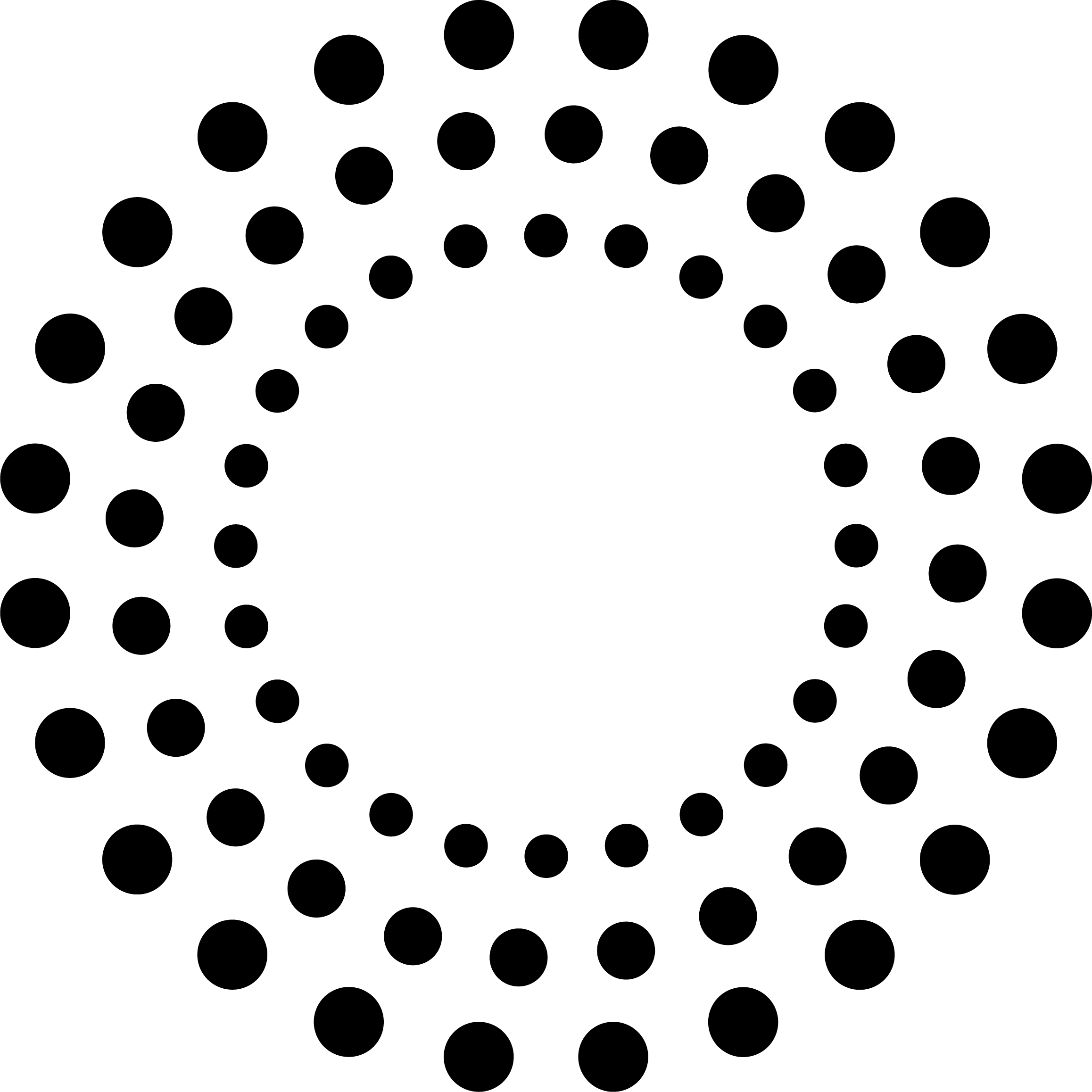




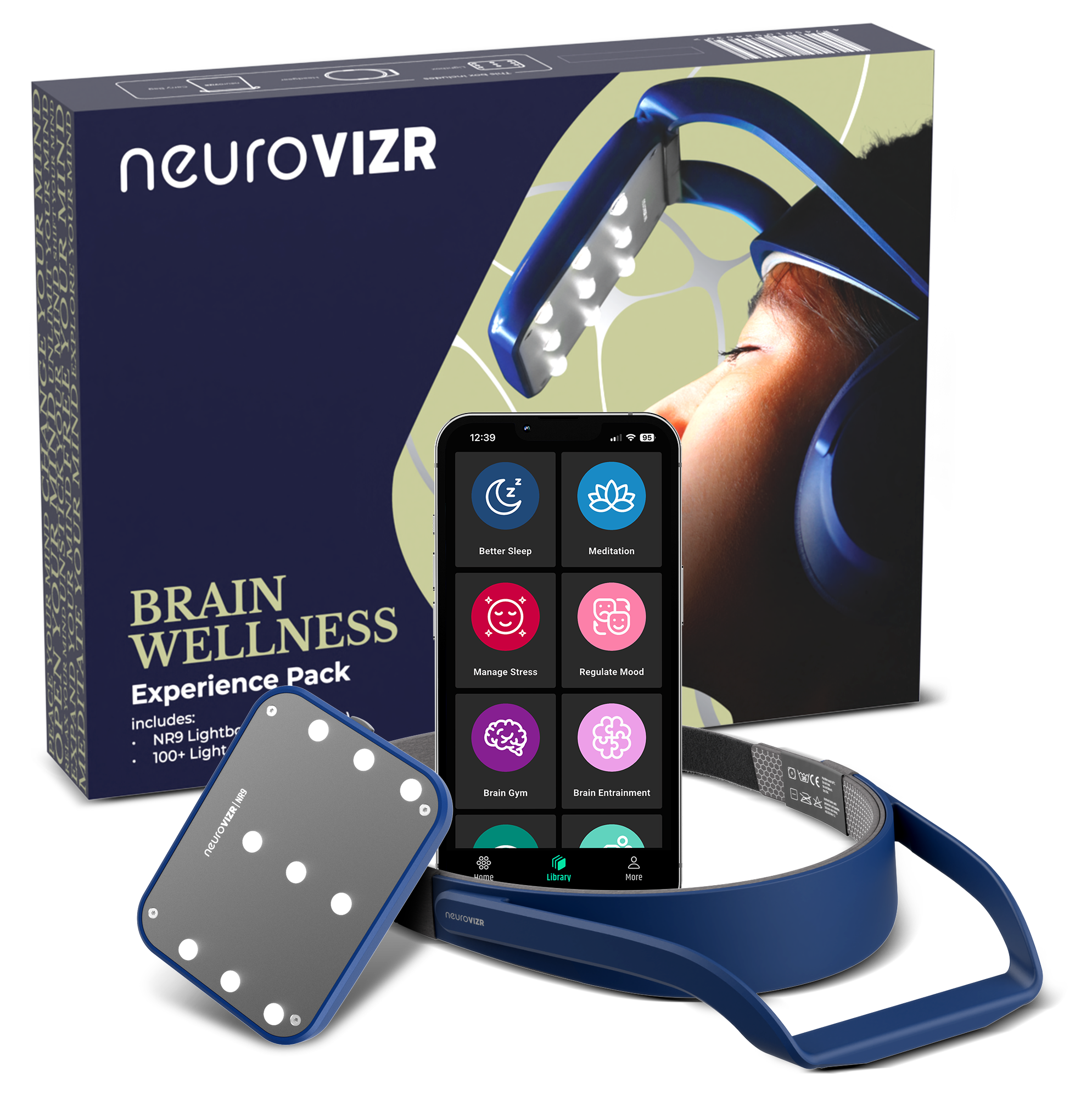

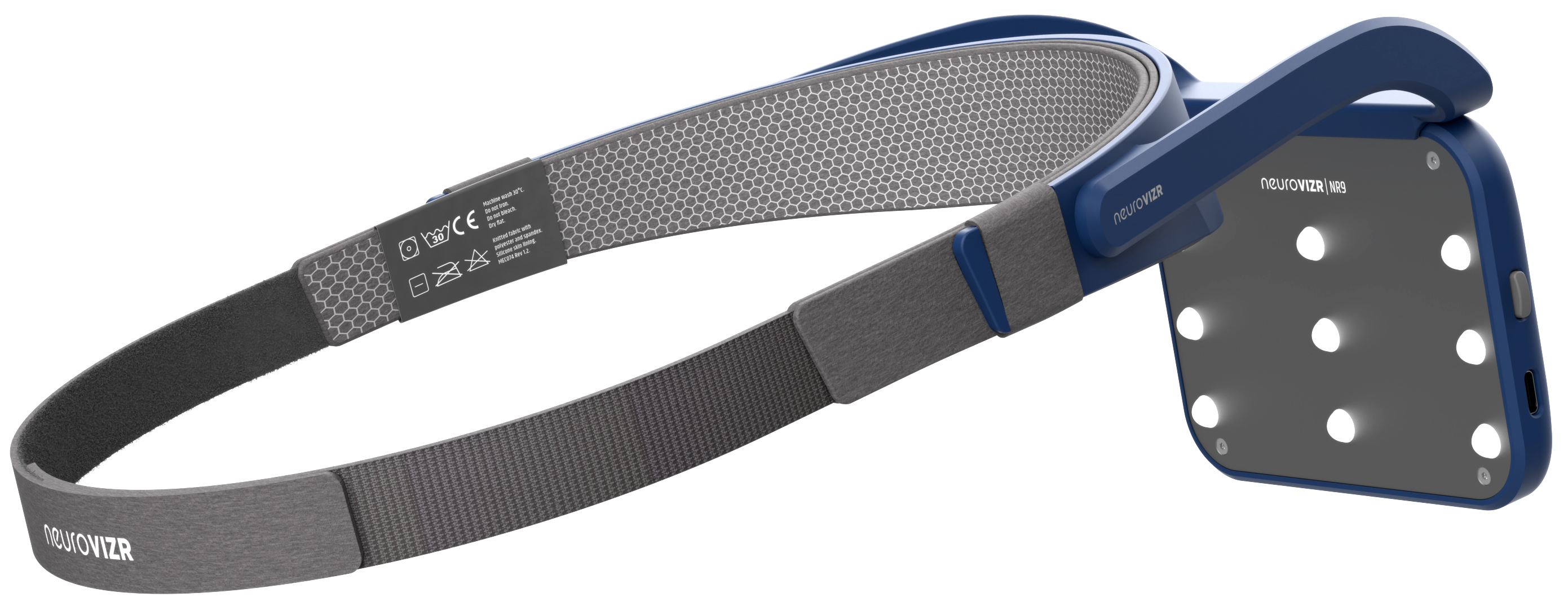
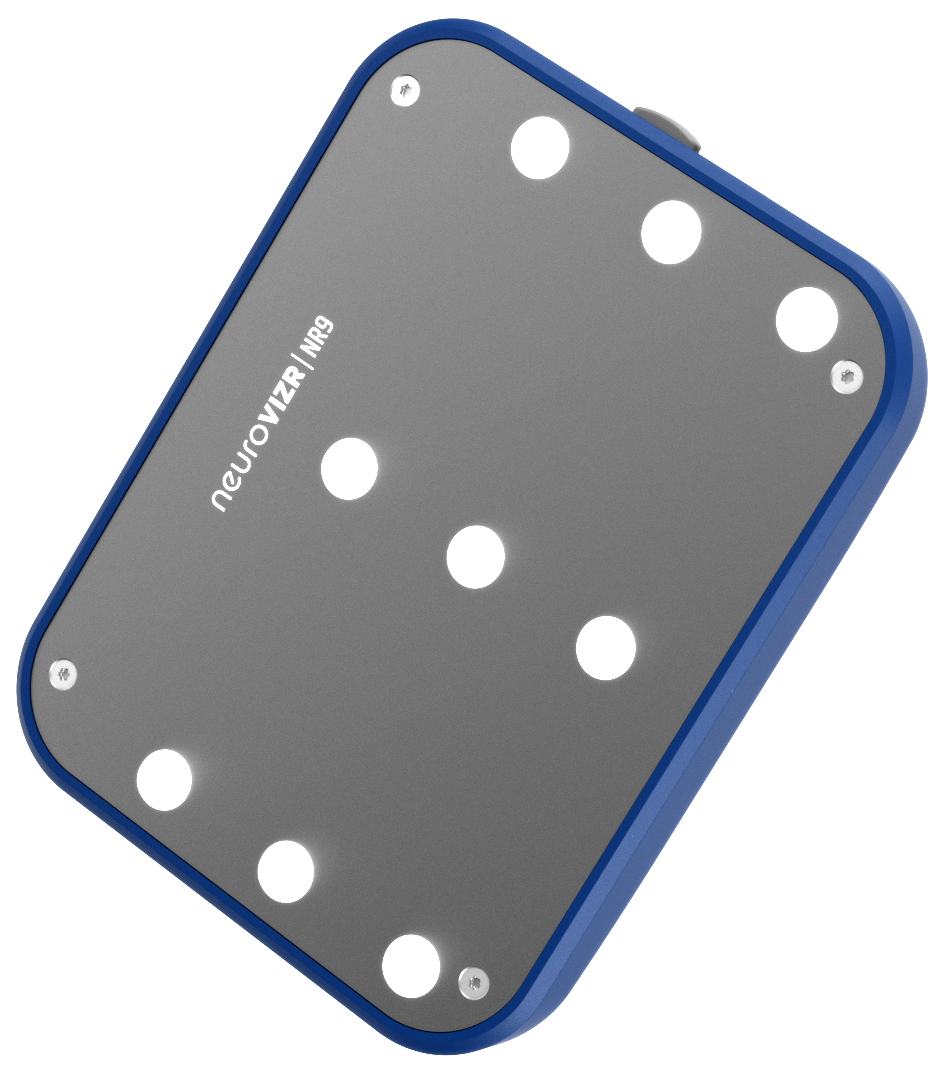
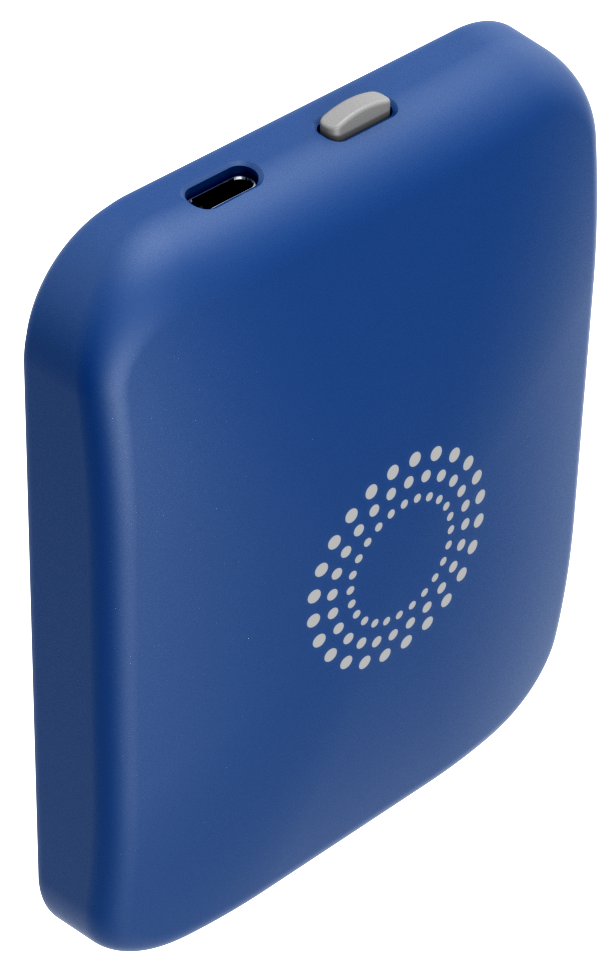
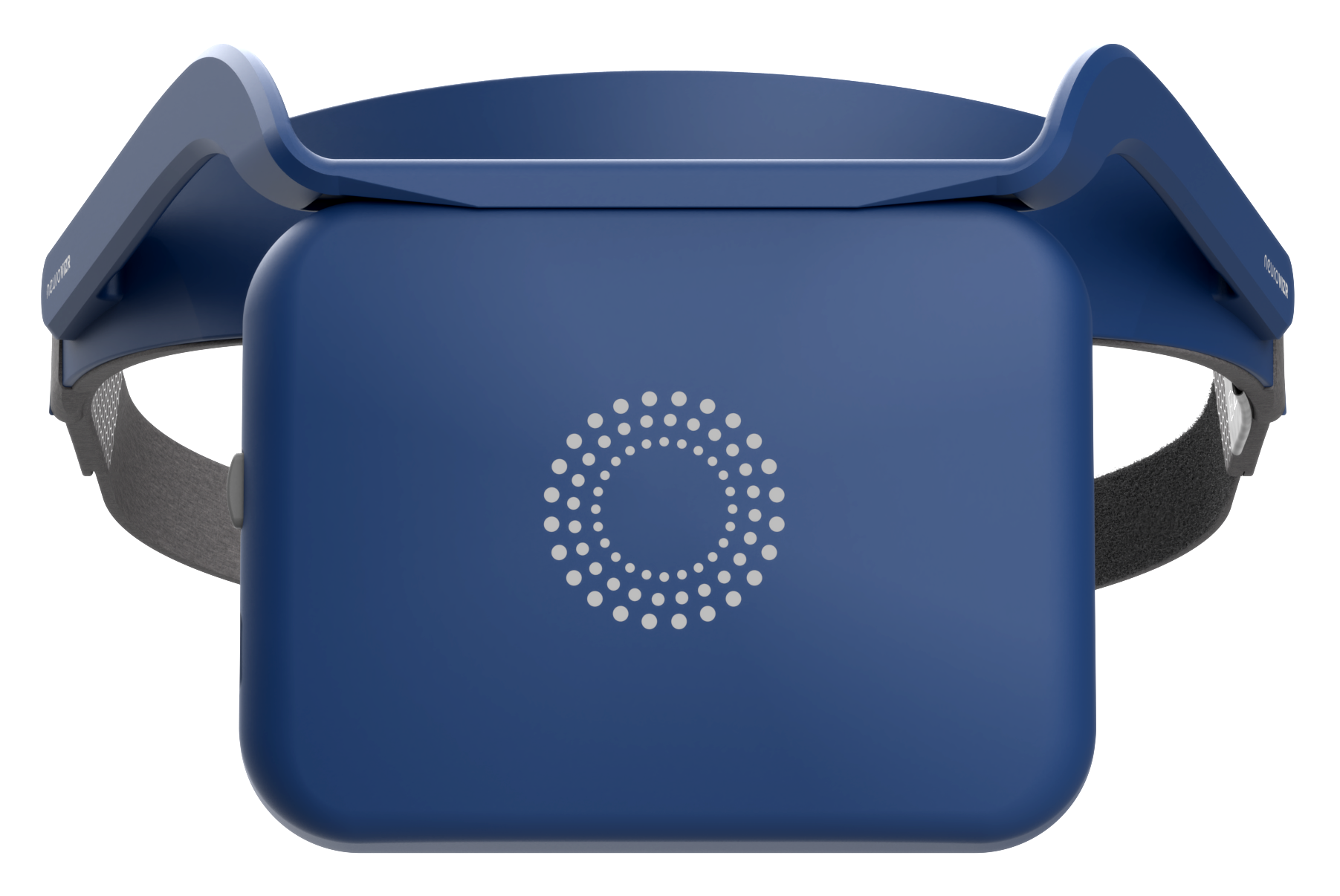
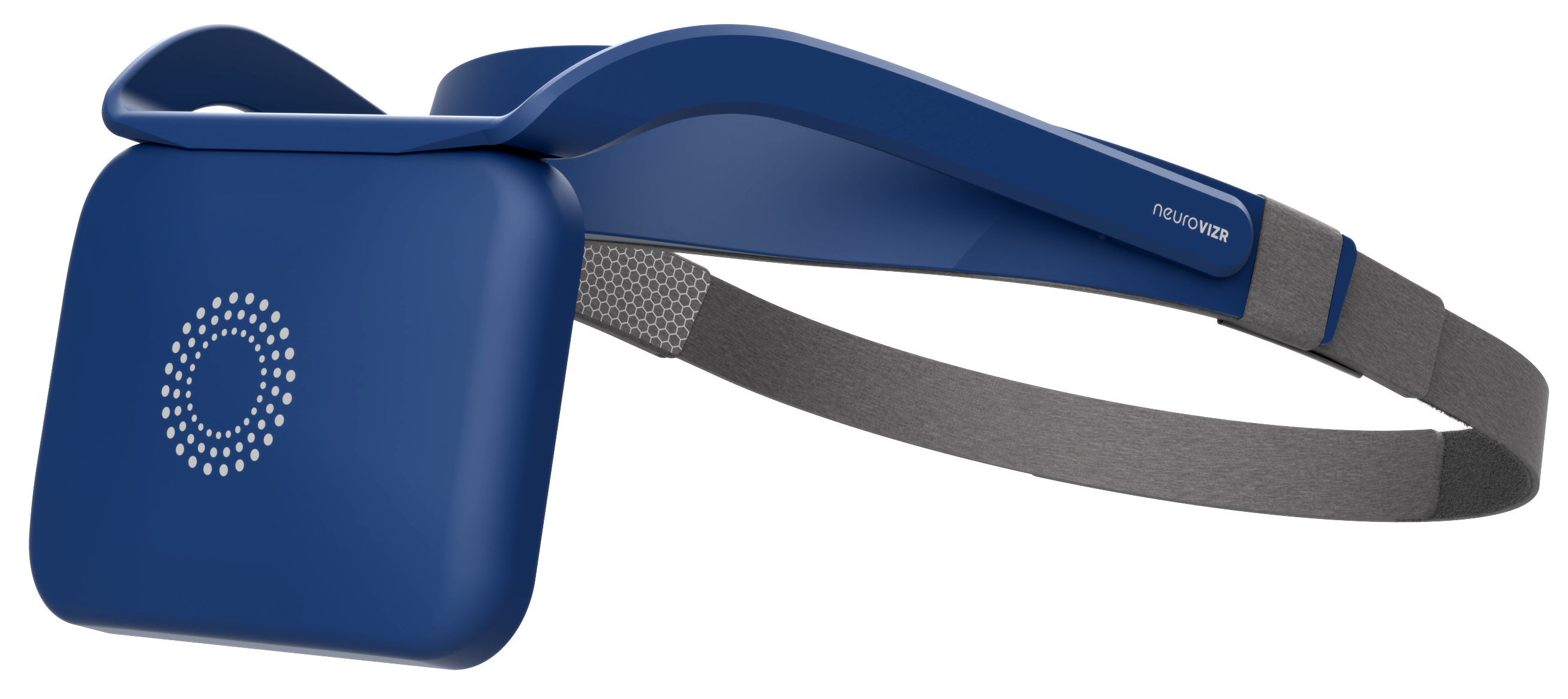
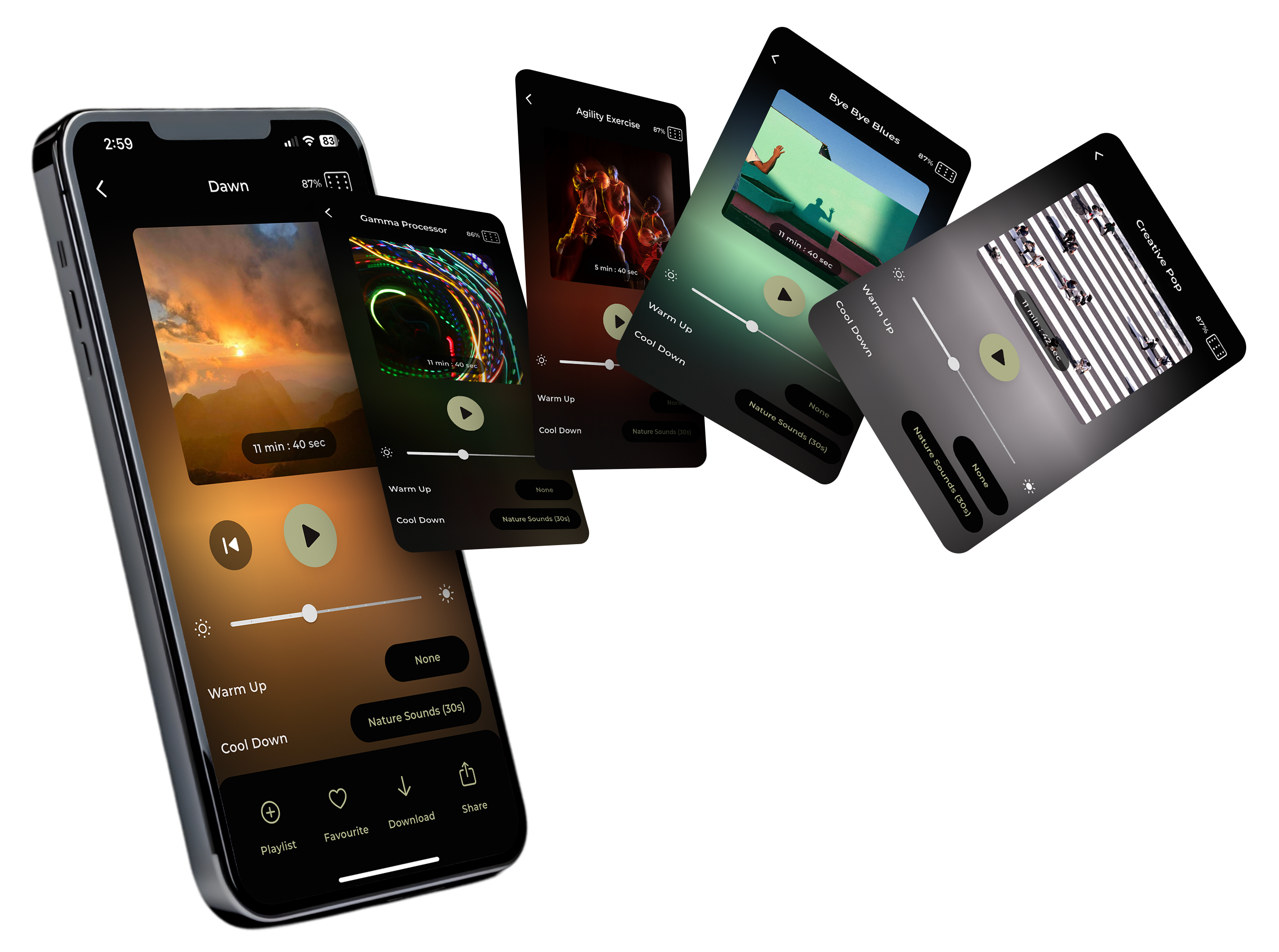
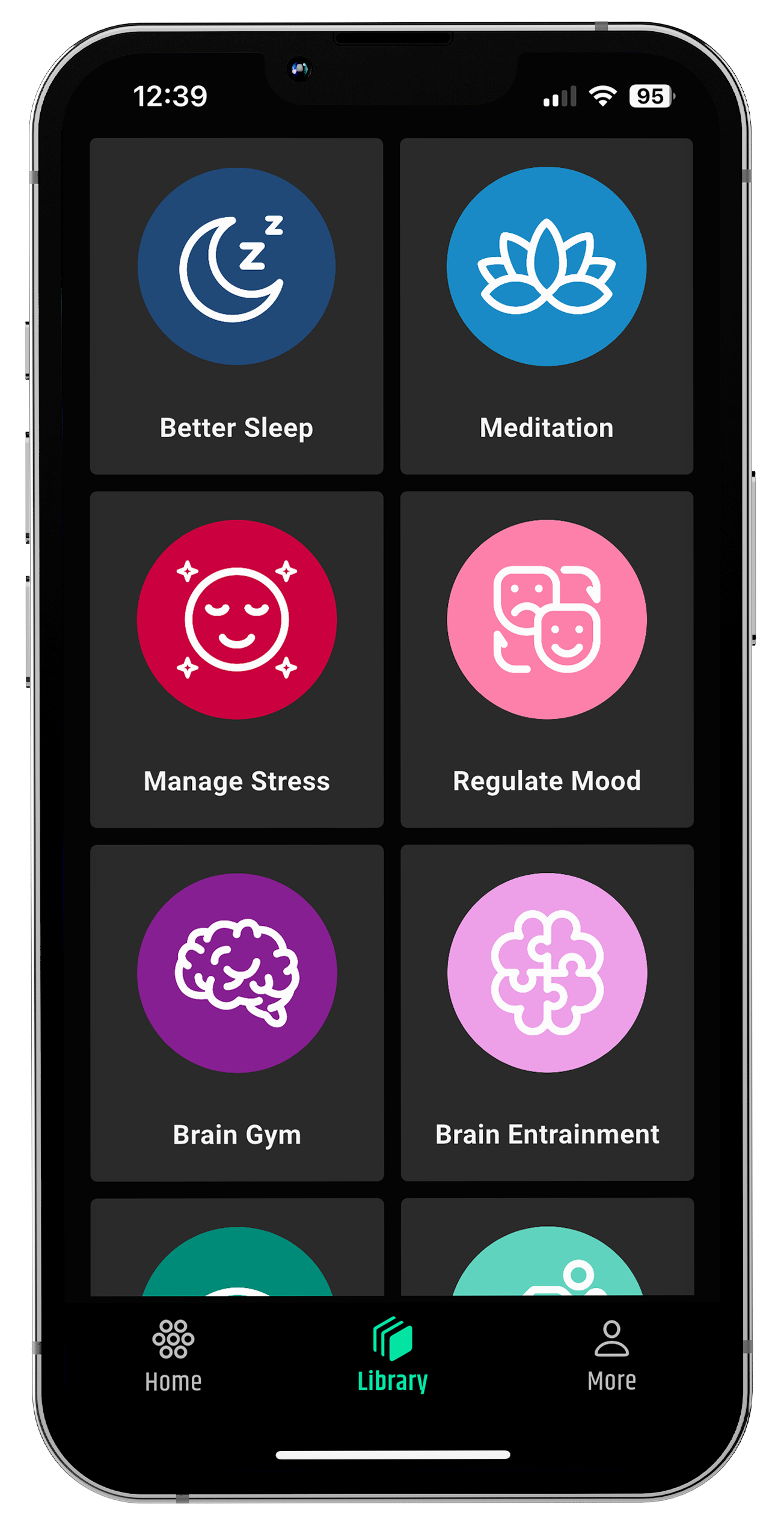
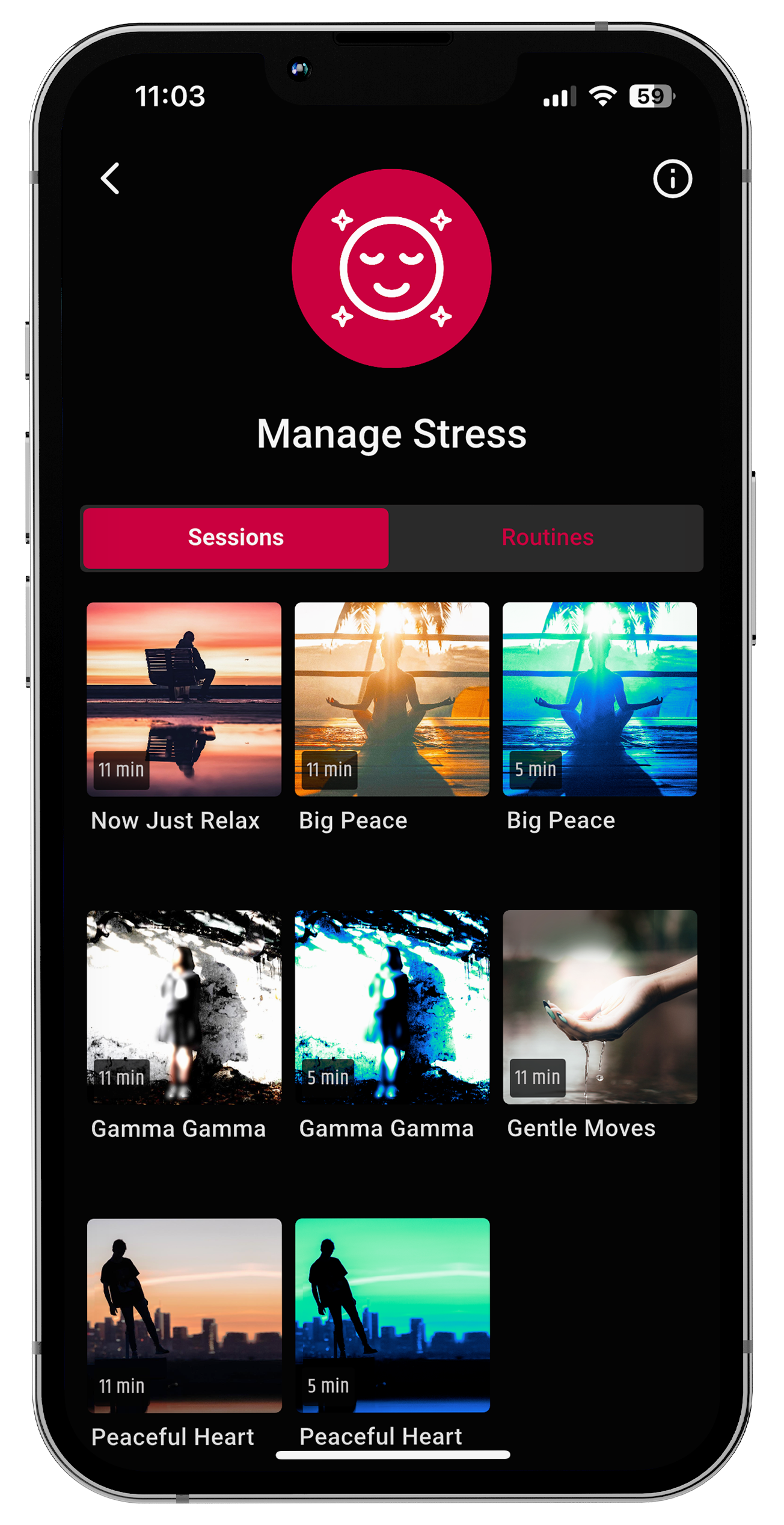
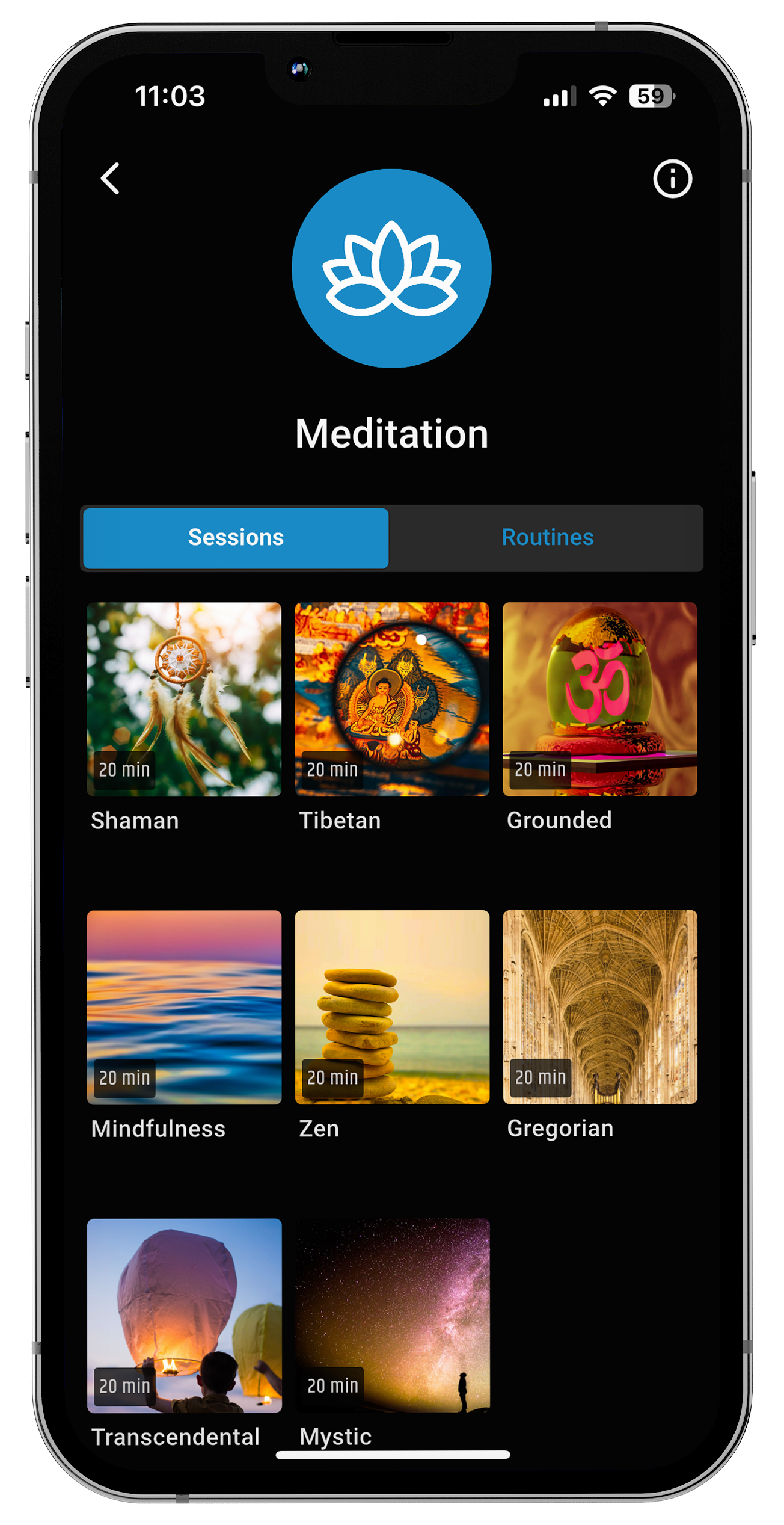
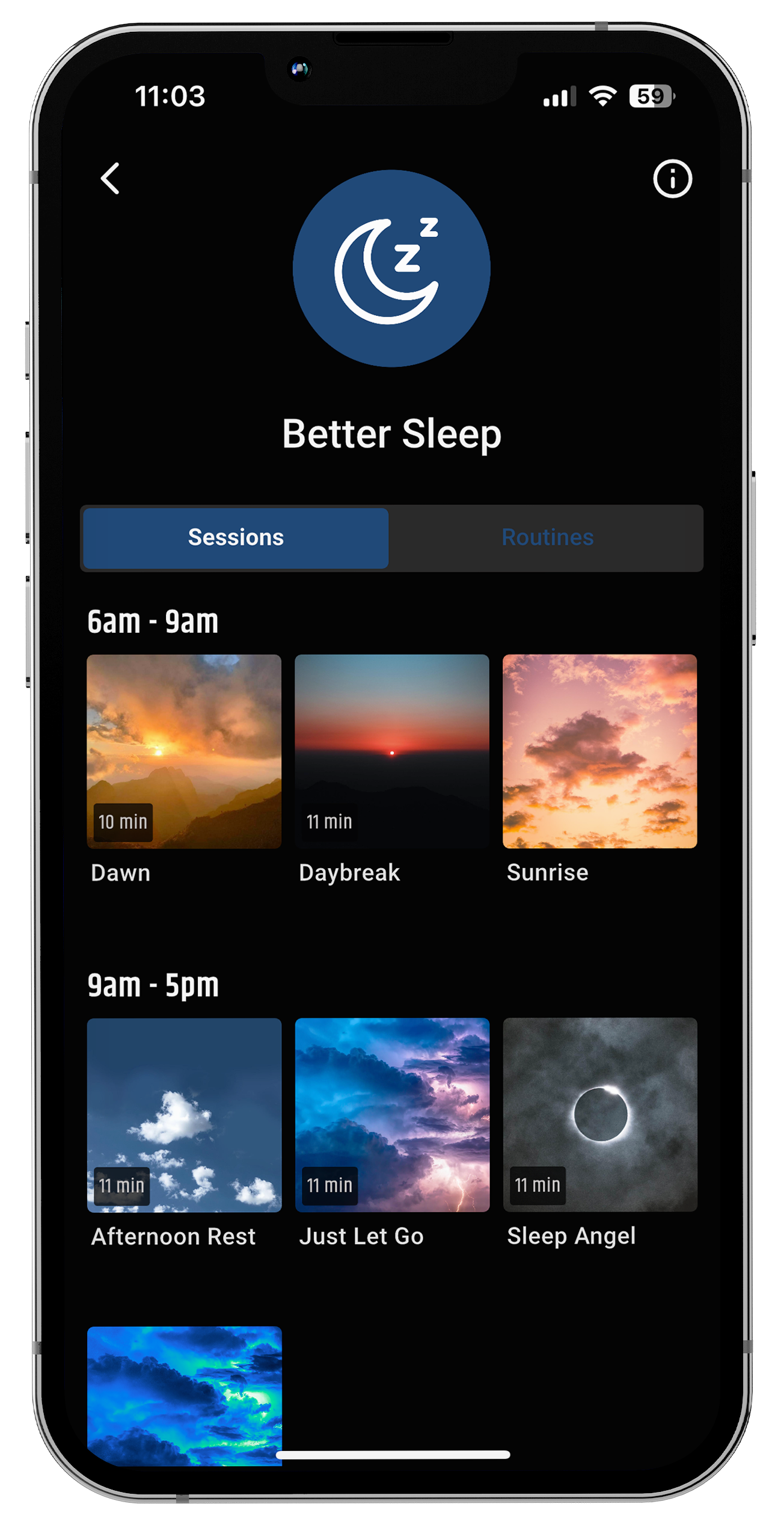
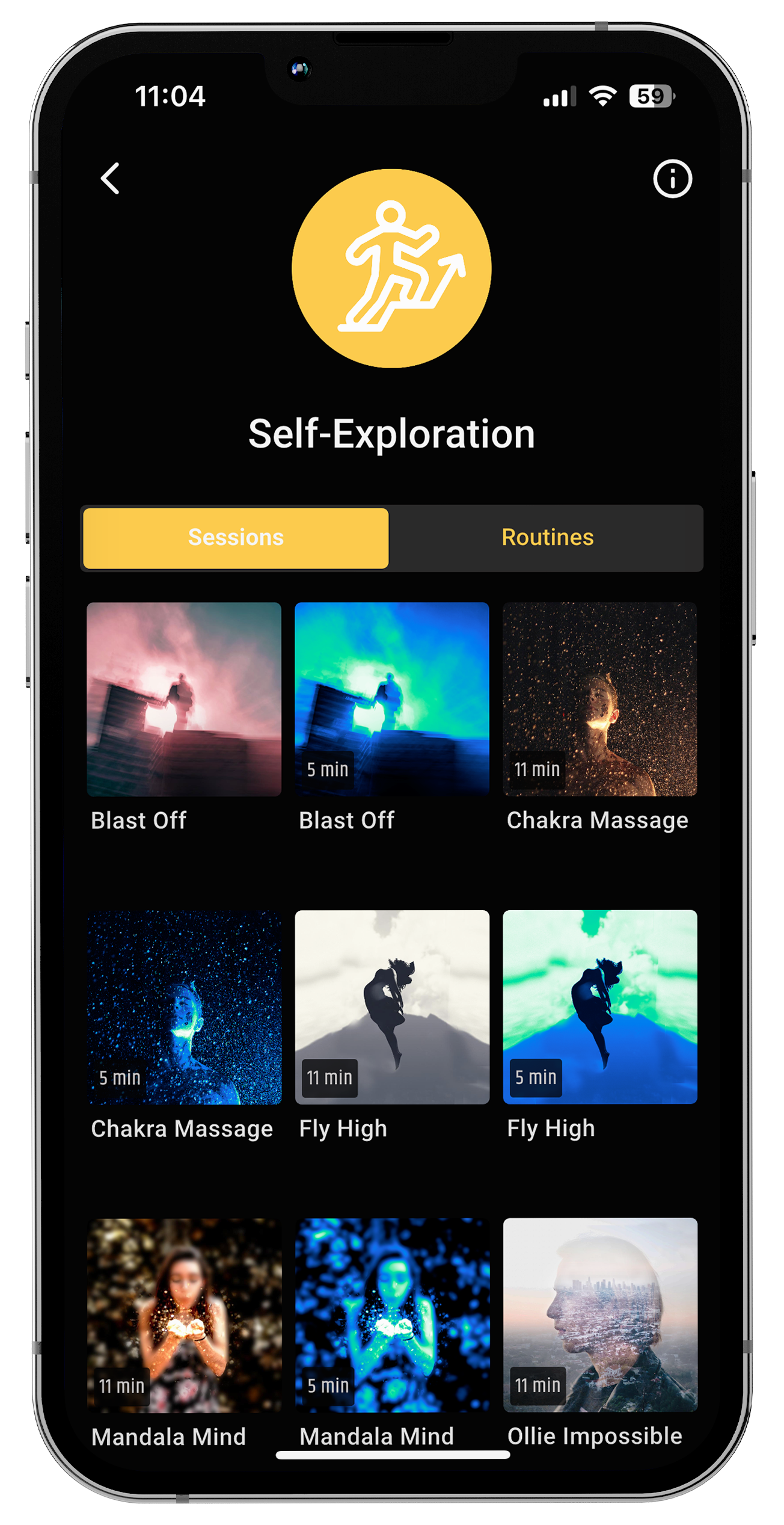
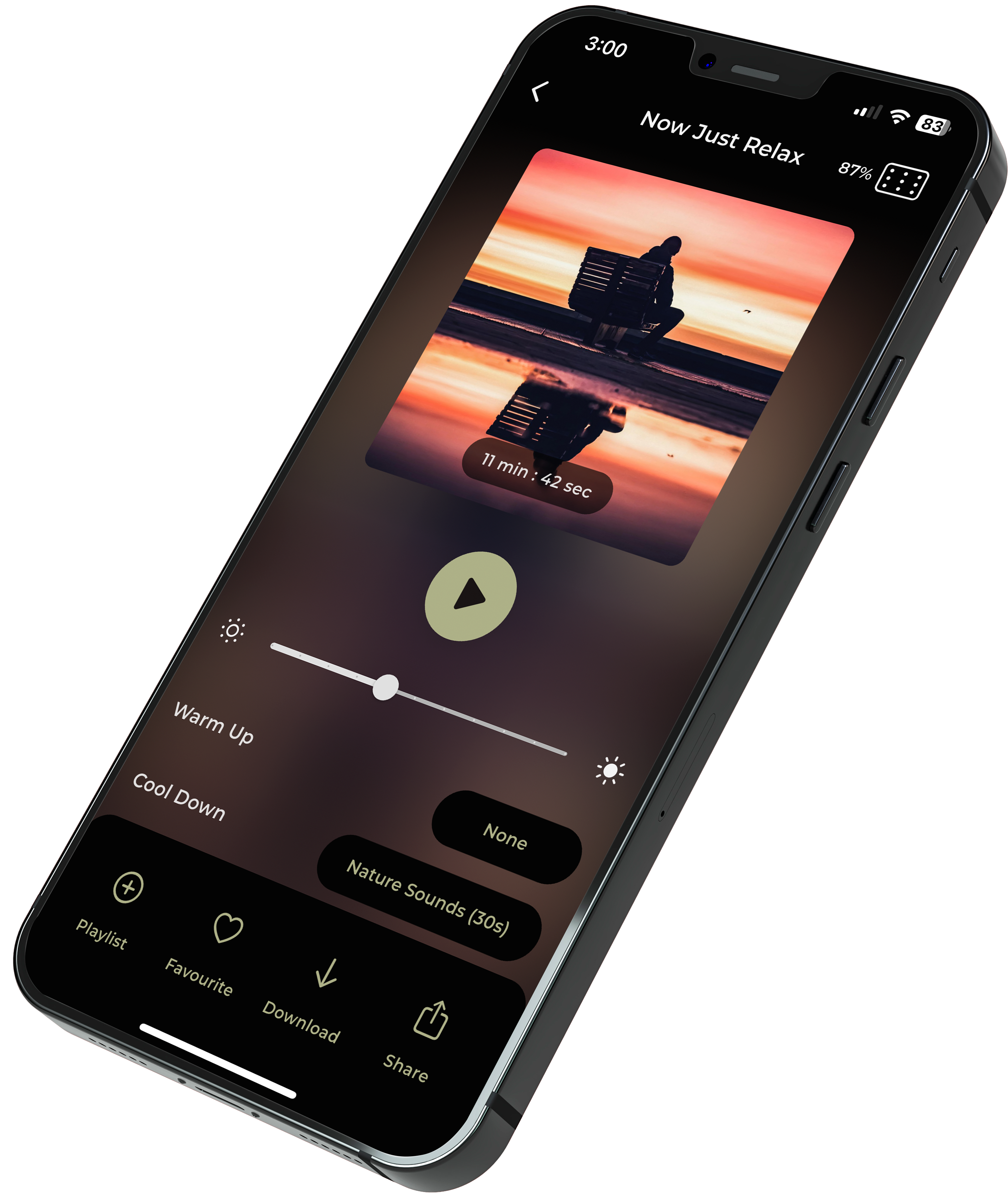


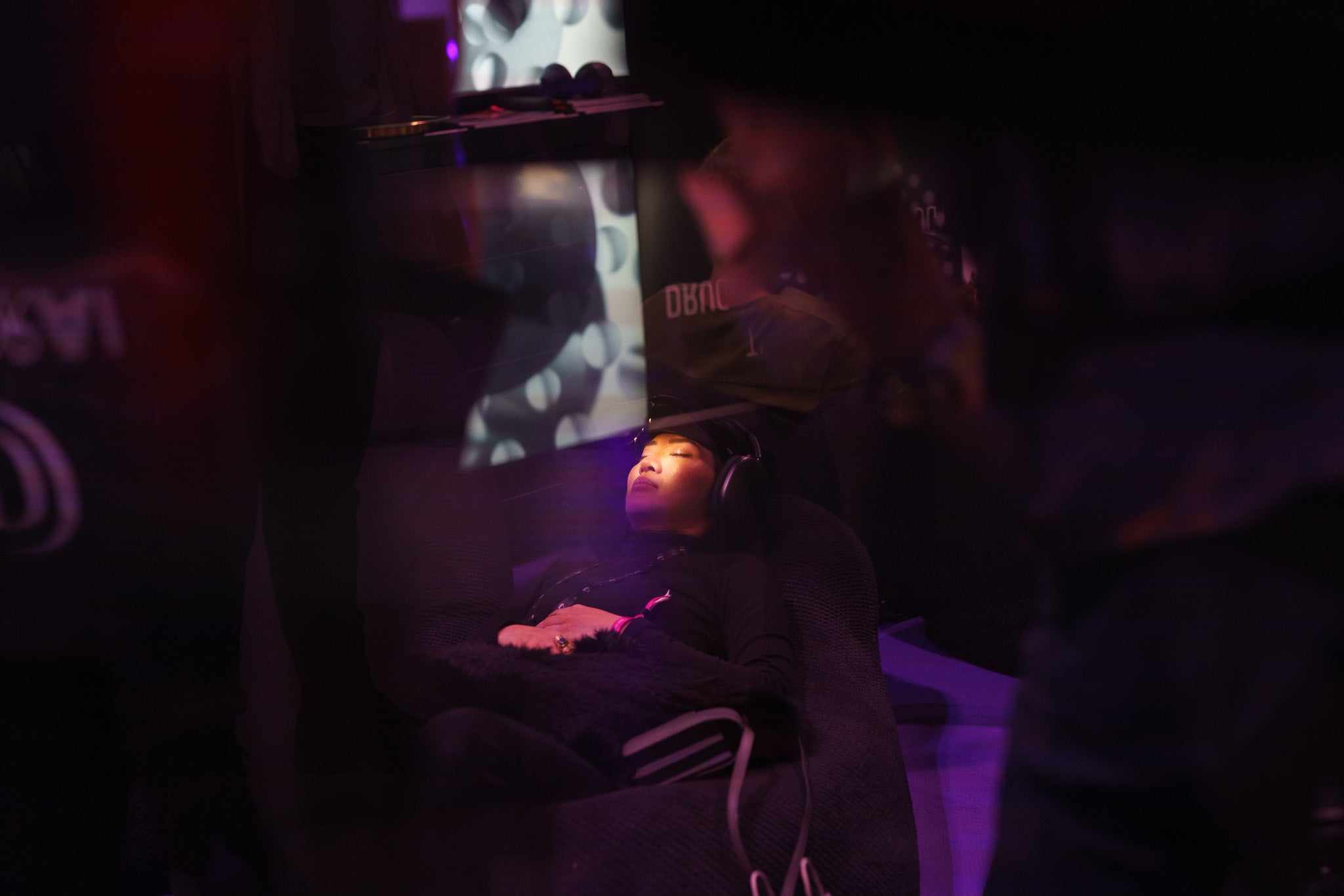




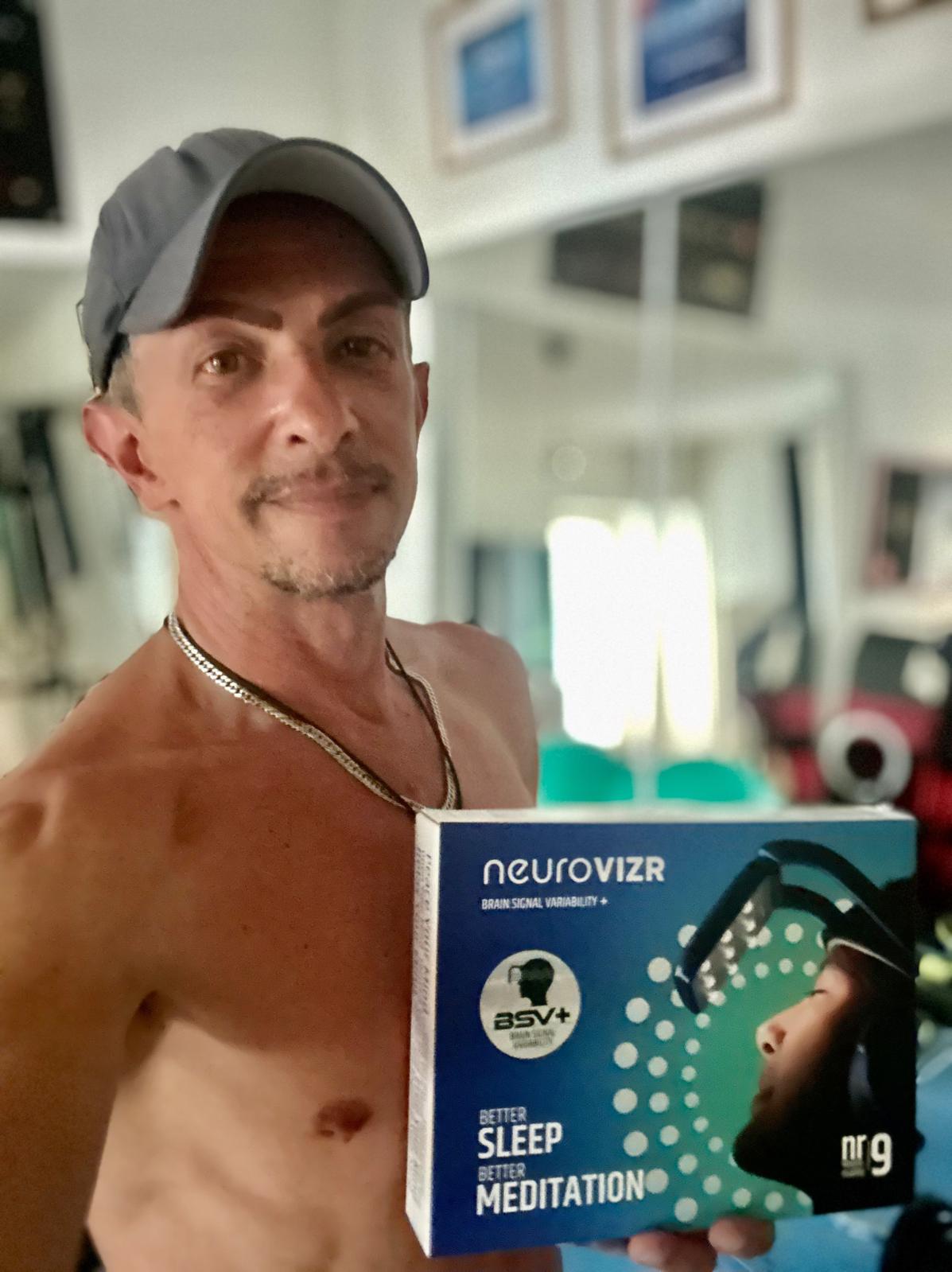
Partager:
Santé mentale et santé cérébrale : les erreurs fréquentes des RH
Santé cérébrale des dirigeants : Parce que PowerPoint ne peut pas vous sauver